TimberCon, presented by The Architect’s Newspaper in partnership with the Mass Timber Institute, took place virtually on September 28. This year’s edition focused on the potential of mass timber to reduce embodied carbon in buildings and featured innovative projects and leading practitioners from across the U.S. and Canada sharing advances in design, engineering, and construction.
The day began with a welcome from Juan Du, Dean of the University of Toronto’s Daniels Faculty of Architecture, Landscape and Planning, and AN’s Editor in Chief, Aaron Seward. The keynote lecture, by Peter MacKeith, Dean of the Fay Jones School of Architecture at the University of Arkansas, as well as the panel discussions and presentations that followed are detailed below.
After the symposium, attendees had the choice of three workshops programmed to sharpen their technical knowledge of mass timber design and construction: Underfloor Service Distribution: A key strategy for Mass Timber buildings; Maximizing the Carbon Benefits of Timber; Early Design Decisions: Priming Mass Timber Projects for Success.
If you were unable to attend TimberCon this year, make sure you catch it in 2023!
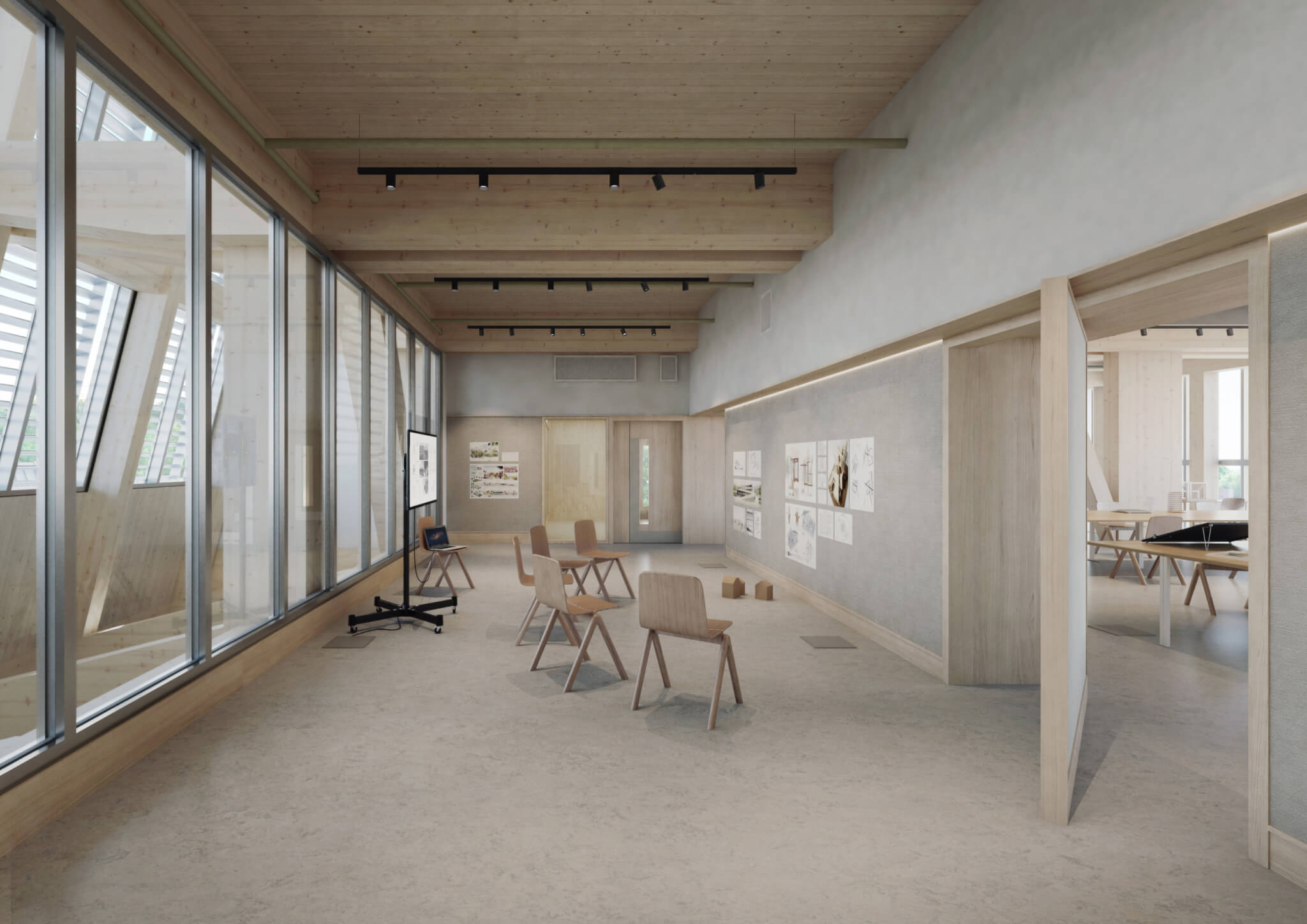
Keynote: The Arkansas Timber Project
Peter MacKeith, Dean of the Fay Jones School of Architecture at the University of Arkansas, delivered the opening keynote. MacKeith focused on the future of timber design in architecture, and opportunities for expanding the timber supply chain in the Southeast and across the U.S. At the University of Arkansas, MacKeith has been instrumental in bringing mass timber to campus, collaborating with Leers Weinzapfel Associates and Grafton Architects, among others. He has also played a large role in kickstarting the industry in Northwest Arkansas and spoke about the region’s deep connection to innovative timber design and construction, especially through the work of E. Fay Jones, whose Thorncrown Chapel remains the most celebrated piece of architecture on the Ozark Plateau.
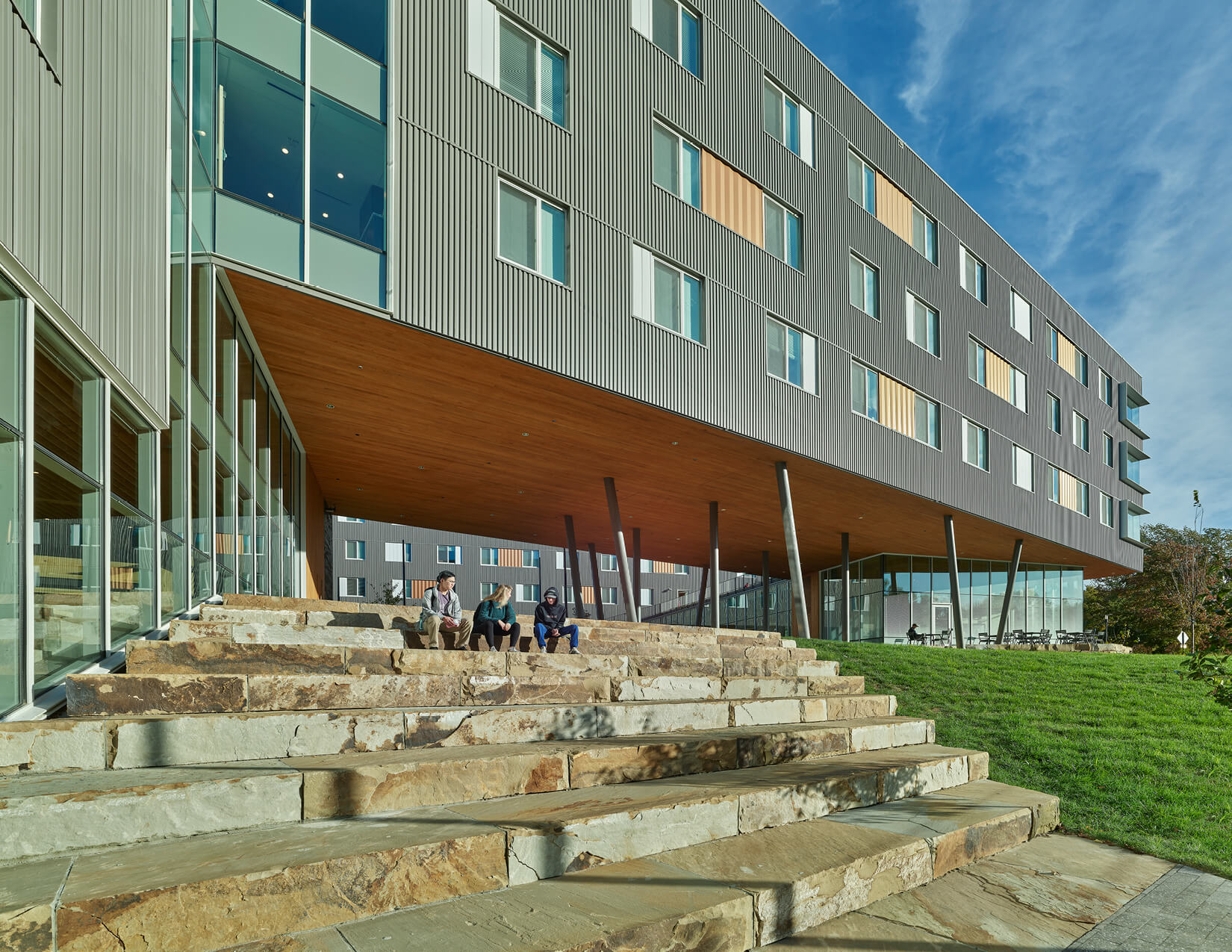
Contemporary Mass Timber: From Novel Idea to High Art
Tom Chung, principal at Leers Weinzapfel and a leader in mass timber design, shared the story of the firm’s work on Adohi Hall, a student housing project at the University of Arkansas. Defying skepticism over completing big mass timber projects, Adohi Hall was America’s largest mass timber building upon its completion. Chung shared his extensive experience working with mass timber leading up to the completion of the hall that was the first hybrid cross-laminated timber residential complex on a college campus. He also spoke about how the project served as a learning experience for his firm as well as local officials, who embraced mass timber more thoroughly after seeing its success. Following Chung’s presentation, he spoke with MacKeith in a conversation moderated by Seward.
Net Zero Energy, Mass Timber, and the Case for Carbon Reduction
Ryan Zizzo, founder of Mantle Developments, presented on mass timber’s suitability in meeting carbon reduction goals. Based in Ontario, Zizzo shared his experience in using timber to address embodied carbon concerns, and what the landscape looks like moving forward as architects and owners are increasingly adopting the use of measurement tools such as life cycle analysis. Zizzo was introduced by Anne Koven, executive director of the Mass Timber Institute.
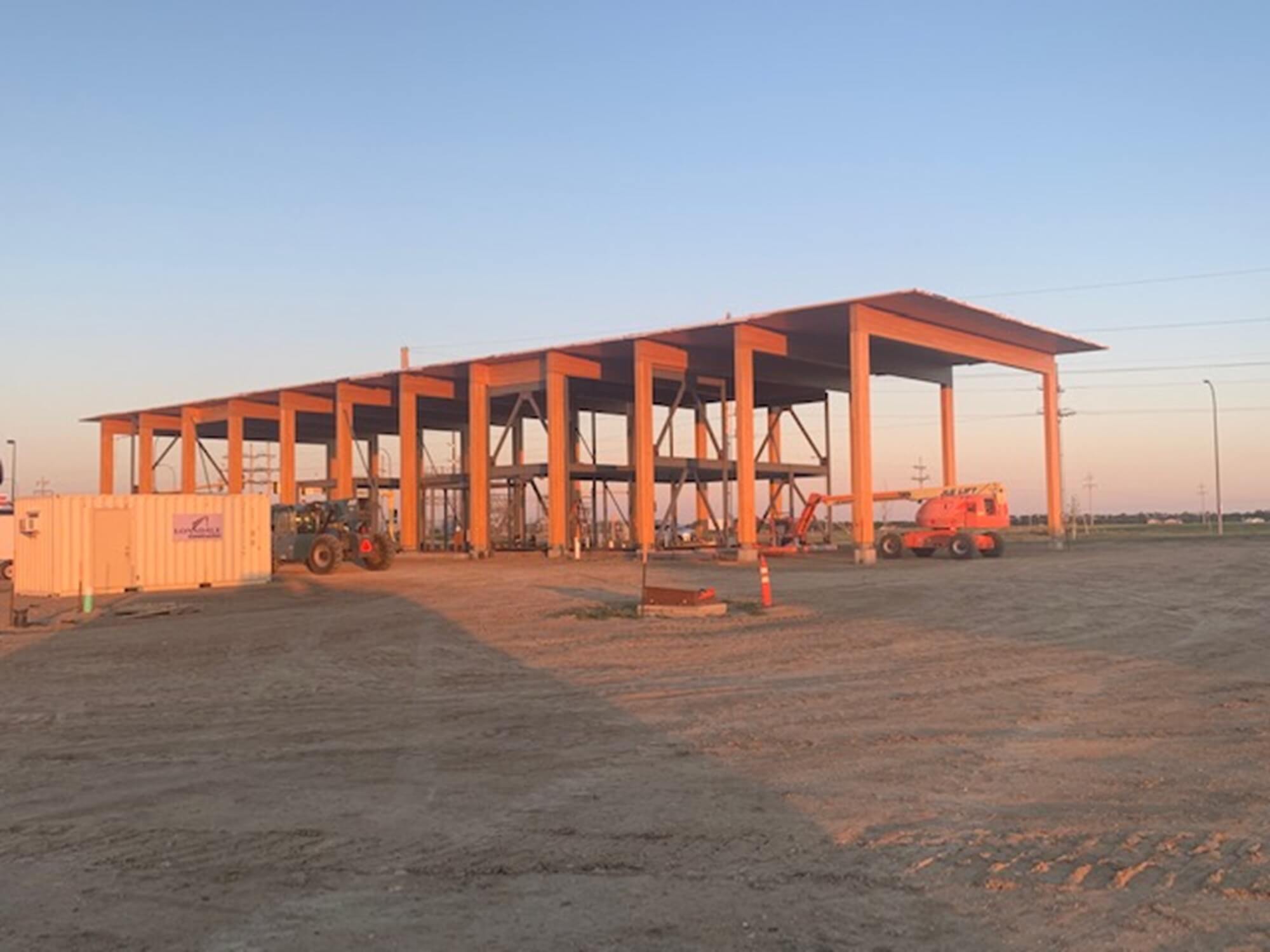
Skins + Bones: Opportunities for Hybrid Timber’s Evolution
Chris O’Hara of Studio NYL brought attention to how different timber structural and facade systems work, sharing recent engineering achievements on the material. O’Hara highlighted Studio NYL’s work from the perspective of facade specialists and emphasized the importance of tight enclosures when working with wood frames. Specifically, he drilled down on the use of steel with mass timber systems for optimizing design and construction in our current regulatory climate.
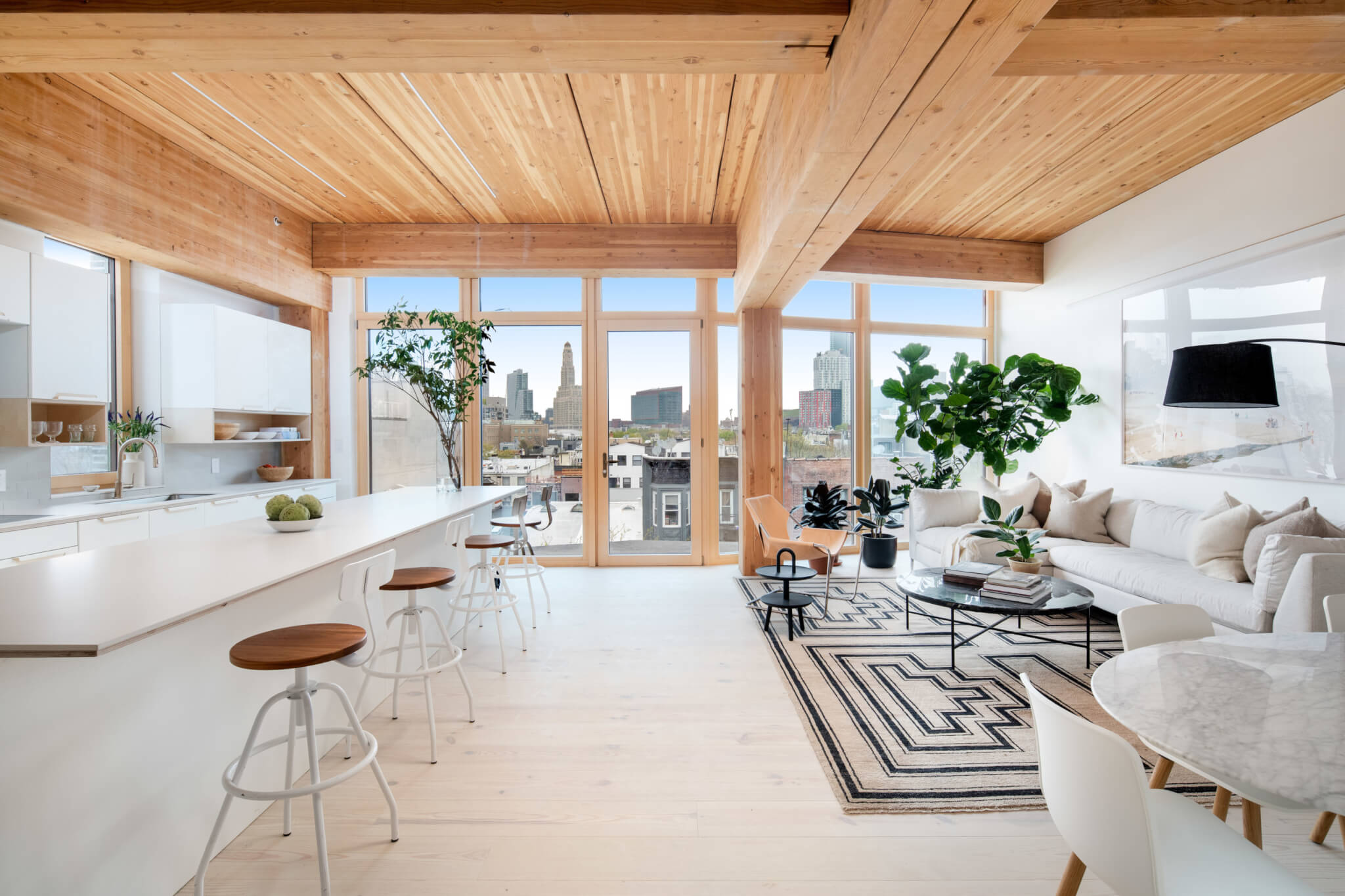
Evolving our Policy: Municipal Adaptations to Building Codes
Mass timber usage requires the evolution of the building code. As cities, states, and national governments require stricter accounting of embodied carbon, timber has become an attractive building material because of its low embodied carbon and relatively sustainable supply chains. However, rules on building heights, fire concerns, and safety must be taken into consideration. Building code experts Tanya Luthi, vice president at Entuitive, and Ricky McLain, mass timber specialist at WoodWorks, discussed the necessary changes in the works in building code for mass timber buildings to continue their proliferation.
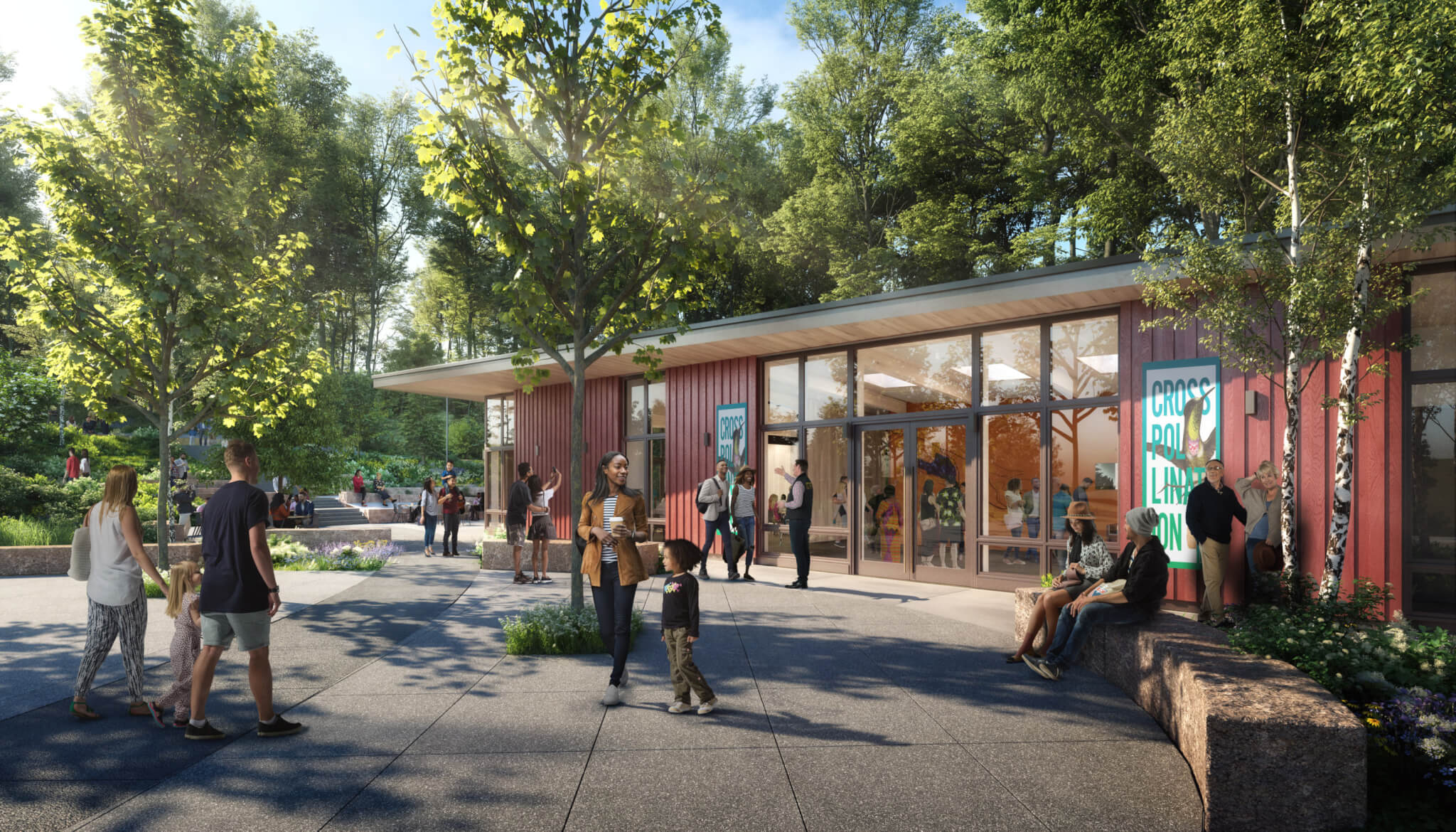
Two Timber Tales: Supporting Institutional Missions from Coast to Coast
Kim Yao and Adam Yarinsky from New York City’s Architecture Research Office (ARO) shared two projects that are currently in progress—the Frederic Church Center at Olana State Historic Site in upstate New York and Milgard Hall at the University of Washington—and introduced the audience to how they successfully utilized timber at different scales and in different geographies. Yao and Yarinsky underscored the potential for mass timber to contribute to centers of education and institutional architecture at large by supporting occupant well-being through timber’s biophilic properties and ability to connect users to the wooded natural landscapes that surround these facilities.
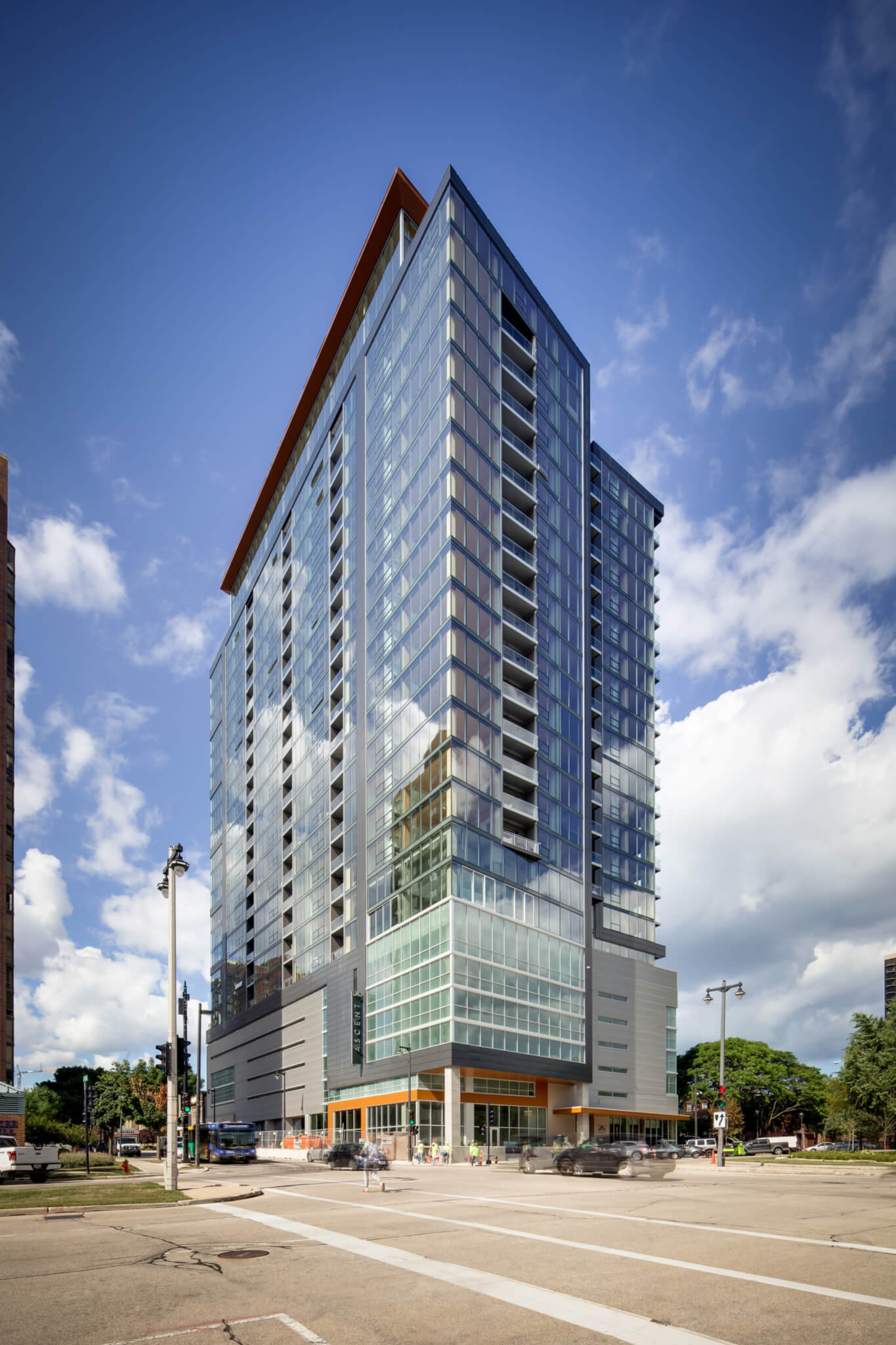
Reaching New Heights: Milwaukee’s Ascent
Jason Korb, principal at Korb + Associates Architects, showed off Ascent, the tallest hybrid timber building in the world. The 25-story, 284-foot-tall residential building topped out earlier this year in Milwaukee. Pushing beyond what was—and, in many municipalities still is—considered standard code applications for timber construction, Ascent is already serving as a model for scaling-up timber construction in the United States and beyond.











